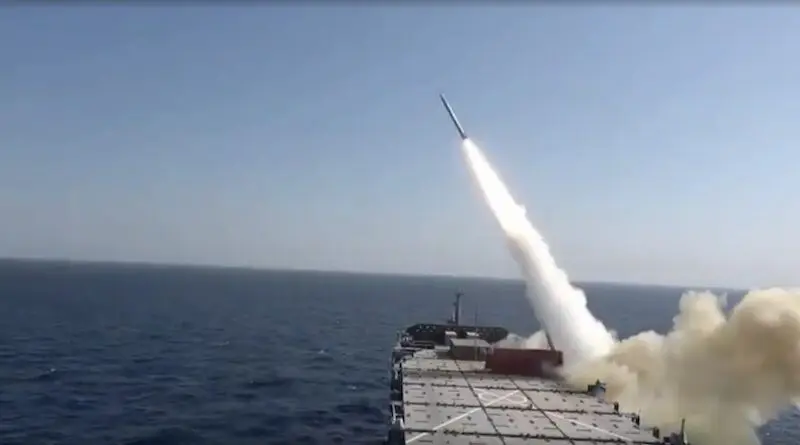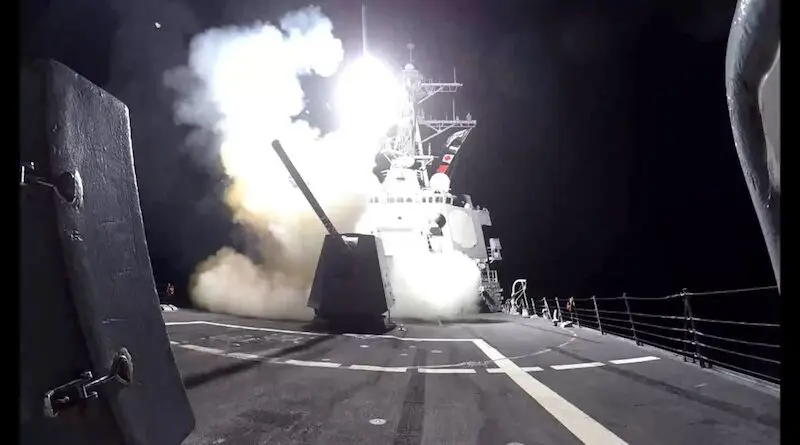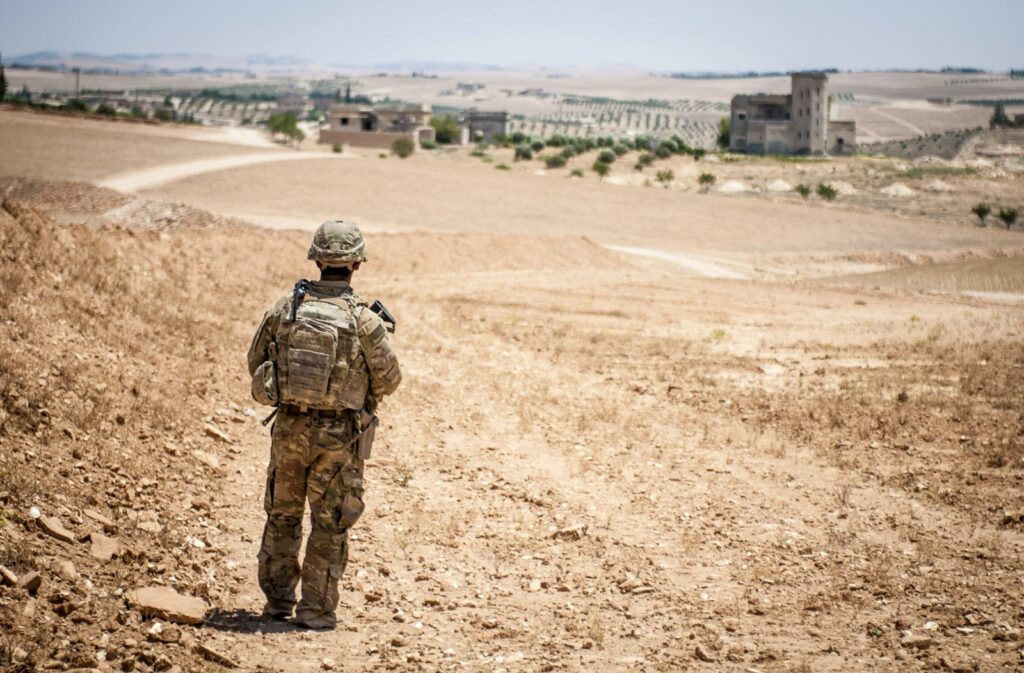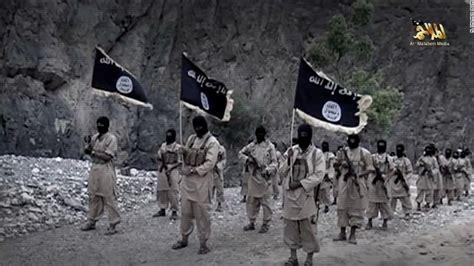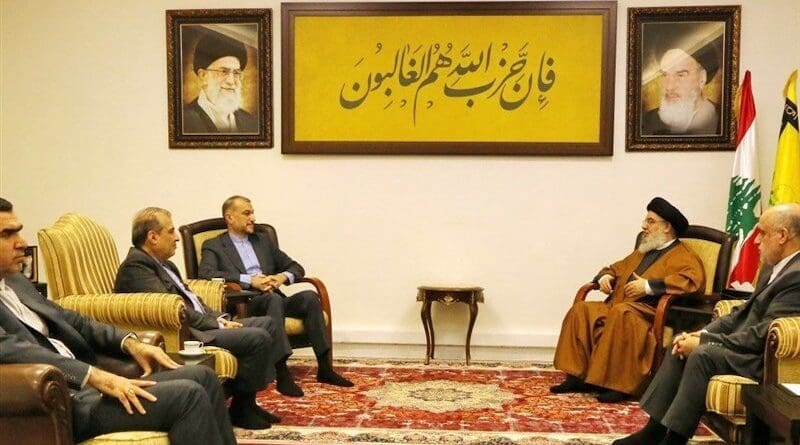U.S. Conducts Cyberattack Against Iranian Spy Ship Helping Houthis

Latest Developments
The United States conducted a cyberattack against an Iranian spy ship operating near the Red Sea earlier this month, according to February 15 reports. The news comes near the third anniversary of the Biden administration’s removal of the Houthi rebels from the list of Foreign Terrorist Organizations (FTOs). The ship, MV Behshad, is suspected of gathering intelligence on international commercial vessels traveling through the Gulf of Aden and the Red Sea and transmitting it to Iran-backed Houthi terrorists in Yemen. The intelligence then likely assisted the Houthis in targeting ships traveling through the area. According to the reports, the U.S. cyberattack occurred on February 2, the same day that U.S. forces conducted airstrikes against Iran-backed Shiite terrorists in Iraq and Syria. Those airstrikes were in retaliation for the January 28 attack on U.S. troops based in Jordan, which killed three American soldiers.

